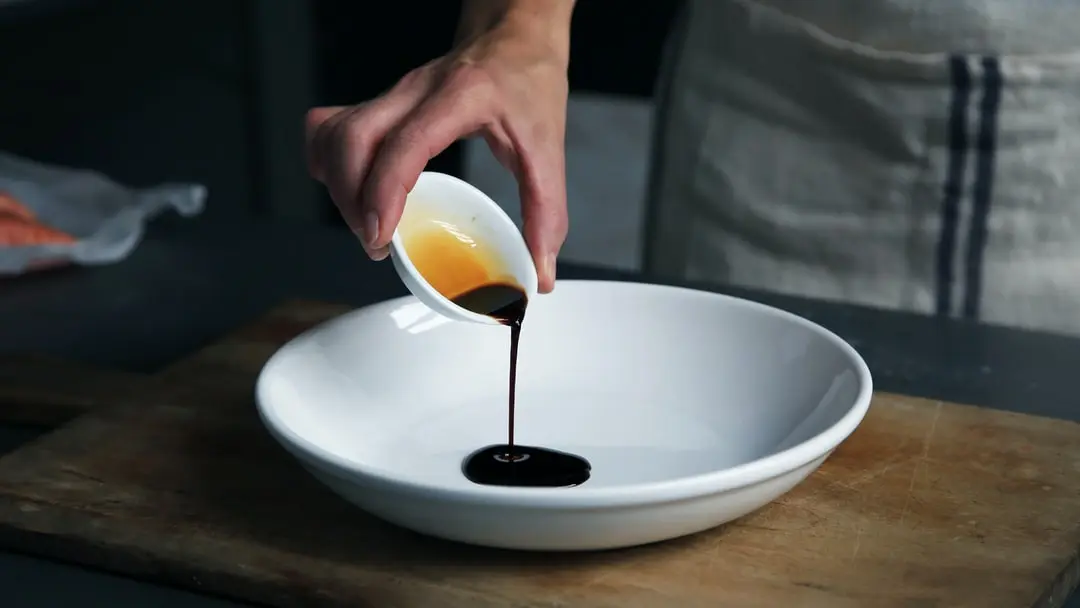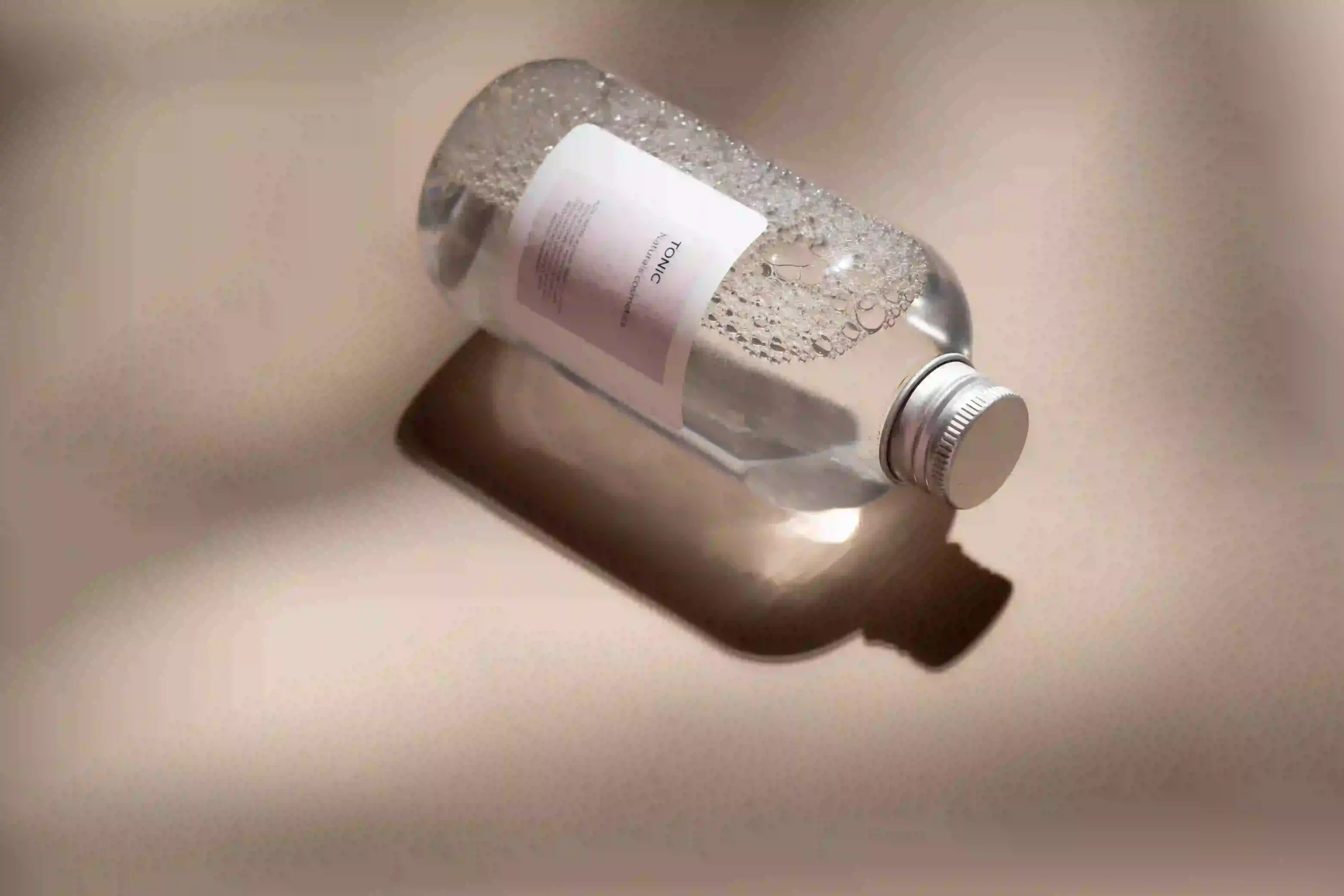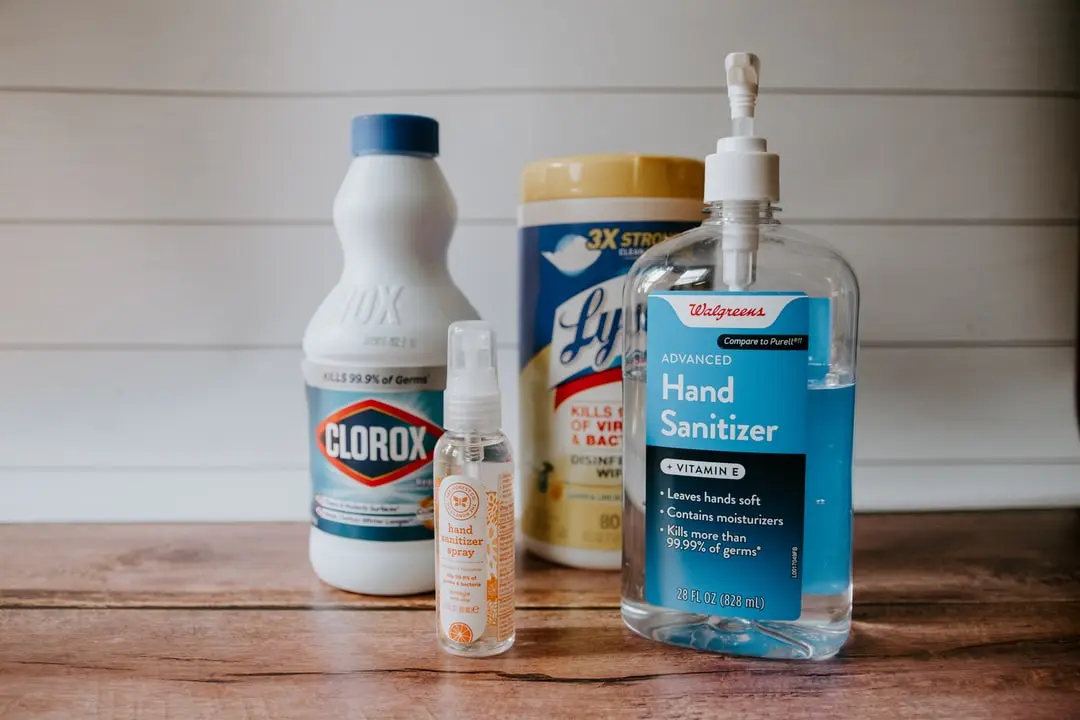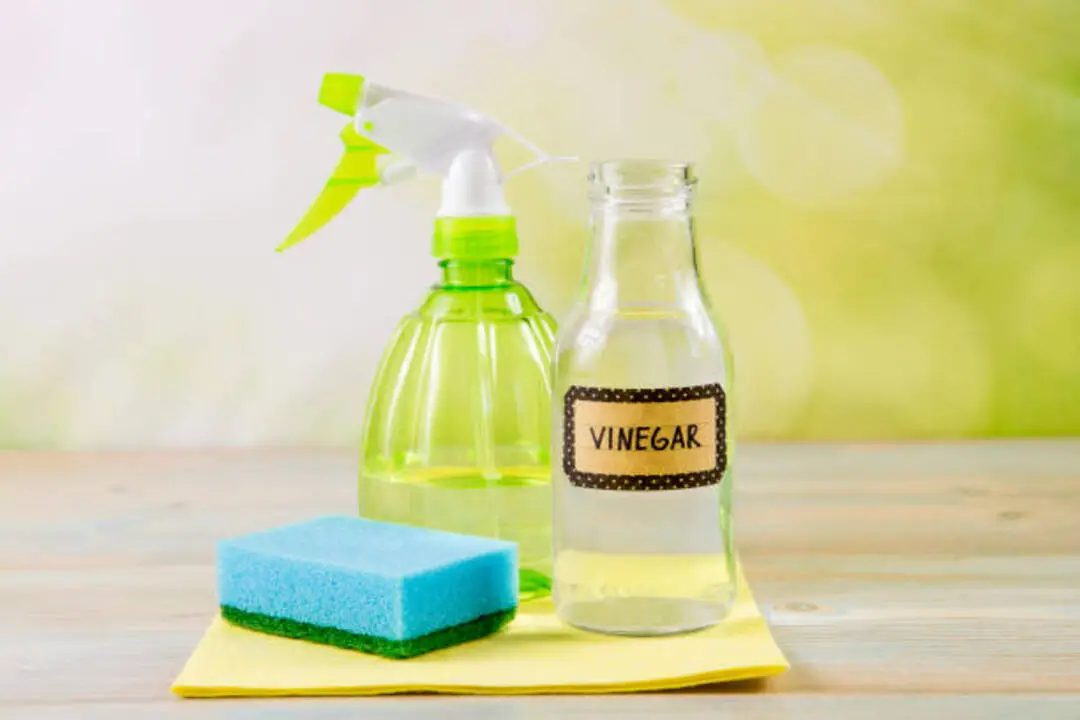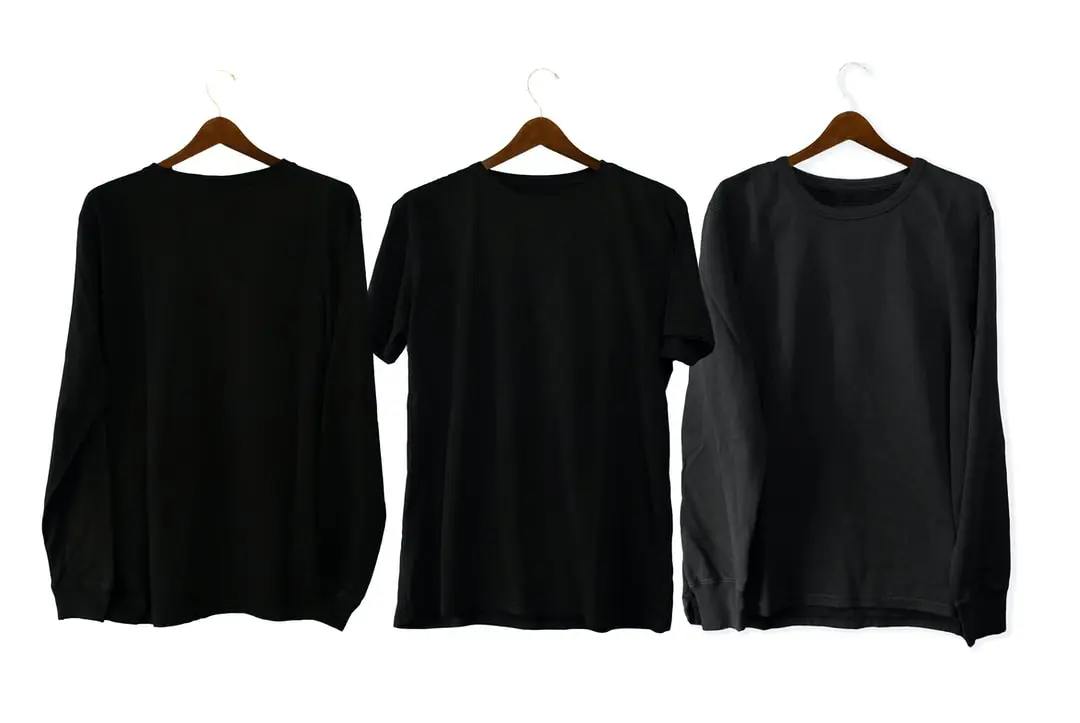Let’s face it, nobody wants to spend their precious time hand-washing delicates. But the fear of ruining your favorite silk blouse or cashmere sweater can be enough to make you break out in a sweat.
Fortunately, there are some simple dos and don’ts that can help you keep your delicate clothing looking great without sacrificing too much of your time. The dos and don’ts of washing delicate clothes can save you from costly mistakes and extend the life of your favorite garments.
By following these tips, you’ll be able to wash your delicates with confidence, knowing that they’ll come out clean and undamaged. So whether you’re a busy professional who needs to get laundry done quickly or someone who enjoys spending time taking care of their clothes, these guidelines will help you achieve freedom from the stress of caring for delicate fabrics.
Dos of washing delicate clothes
1. Sort Your Delicates Before Washing
Sorting your delicates before washing is an essential step that can save you a lot of hassle in the long run. Just like how you wouldn’t throw all your clothes into the wash without sorting them first, you shouldn’t do the same with your delicate items.
To start, gather all your delicate clothing items and separate them by color and material. This way, you can ensure that no colors bleed onto each other or fabrics get damaged during the wash.
Sorting tips are not limited to just color and material; you should also consider storage solutions for your delicates. If possible, store them separately in a drawer or hanging organizer to avoid any snags or tears from other clothing items. Additionally, it’s best to keep each item folded neatly instead of crammed together. This way, they won’t get tangled up and won’t require as much ironing after washing.
By taking the time to sort your delicates properly, you’ll be able to preserve their quality and extend their lifespan. With these tips in mind, let’s move on to the next step of checking the care label before washing. It’s important to know how each item should be treated for optimal washing results.
2. Check The Care Label
Before washing any delicate item, it’s essential to check the care label. The tag on your garment will provide crucial information about how to care for your clothes. Understanding symbols is key; some items may require a gentle cycle, while others may need a hand wash.
The delicate vs. hand wash distinction is an important one. Delicate items can usually be washed in a machine on a gentle cycle, but hand-washing is necessary for more fragile fabrics like silk or lace. It’s essential to follow these instructions carefully to avoid damaging your clothing.
By taking the time to read and understand the care label, you’ll be able to keep your delicates looking their best for longer.
Remember: when in doubt, always err on the side of caution and choose the gentler option. With that said, let’s move on to choosing the right detergent for your delicates.
3. Choose The Right Detergent
After checking the care label, it’s time to choose the right detergent for your delicates. This step is crucial as using the wrong detergent can damage or weaken the fabric.
When choosing eco-friendly options, look for detergents that are sulfate-free, contain natural ingredients, and are biodegradable.
Liquid vs. powder detergent is a common debate when it comes to washing delicates. Liquid detergents are great for dissolving stains and can be used for pre-treating before washing. On the other hand, powder detergents are better at removing odors and can be more cost-effective in the long run.
When using either type of detergent, make sure to measure out the correct amount according to the instructions on the package. Using too much detergent can leave residue on your clothes and cause skin irritation.
Remember, choosing the right detergent is just as important as how you wash your delicates. By selecting eco-friendly options and comparing liquid vs. powder detergents, you’re taking a step towards a more sustainable laundry routine.
Next up: wash in cold water to protect your delicate fabrics.
4. Wash In Cold Water
Washing delicates in cold water has its benefits. For one, it helps preserve the integrity of the fabric, preventing shrinkage or stretching. Additionally, it saves energy and money by using less electricity to heat up the water.
But why choose cold water over warm water for your delicates? While warm water can help remove stains and dirt more effectively, it can also damage delicate fabrics such as silk or lace. Cold water is less harsh on these materials, ensuring that they remain in good condition after each wash.
So if you want to keep your delicates looking their best, opt for a cold-water wash. Not only will it save you time and money, but it will also help extend the life of your favorite garments.
In the next section, we’ll talk about using a gentle cycle to ensure even more protection for your delicate items.
5. Use A Gentle Cycle
Using a gentle cycle is essential when washing delicates. It is the best way to ensure that your delicate items are cleaned without being damaged. One of the benefits of using a gentle cycle for delicates is that it reduces stress on the fabric. The gentle motion of the machine helps to prevent tears and other damage, making your clothes last longer.
Another benefit of using a gentle cycle for delicates is that it can improve washing efficiency. Delicate fabrics require special care and attention, so they need a gentler wash cycle to avoid damage. A gentle cycle ensures that your clothes are properly cleaned while still maintaining their shape and color. This means that you don’t have to worry about damaging your delicate items or compromising their quality.
In summary, there are many benefits to using a gentle cycle when washing delicates. It reduces stress on the fabric, improves washing efficiency, and helps ensure that your clothes last longer.
By taking this extra step in caring for your delicates, you can rest assured that they will be clean and well-maintained for years to come.
Moving forward, let’s discuss how using a mesh laundry bag can further protect your delicate items during washing.
6. Use A Mesh Laundry Bag
Do use detergent – it helps keep delicate items clean and free of dirt.
Don’t overload the bag – it can stretch and tear delicate fabrics.
Do place items in the bag before washing – this will keep them from becoming tangled and snagged on other items in the machine.
Don’t forget to close the bag before washing – this will prevent items from slipping out and getting damaged.
Do: Use Detergent
Hey there, do you want to know a secret for washing delicates? Let me tell you – using a mesh laundry bag is the way to go!
But just throwing your delicate items into the bag and tossing it in the wash isn’t enough. Here’s one important ‘do’ to keep in mind: use detergent.
Using detergent when washing your delicates will help remove any dirt, sweat, or stains that may have accumulated on them. But don’t just use any old detergent – look for one that is specifically designed for delicate fabrics. And if you’re worried about damage from harsh chemicals, consider an alternative to traditional laundry detergent such as a plant-based or natural option.
Pre-soaking your delicates before washing can also be beneficial, especially if they are heavily soiled or stained. Soak them in lukewarm water with a gentle detergent or stain remover for about 30 minutes before washing. This will help loosen up any dirt or stains and make them easier to remove during the wash cycle.
Remember, taking care of your delicate items doesn’t have to be difficult. By using a mesh laundry bag and following these dos and don’ts, you can ensure that they stay in great condition for years to come.
Place Items In the Bag
Now that you know the benefits of using a mesh laundry bag and how to properly use detergent when washing your delicates, let’s move on to the next step: placing your items in the bag.
When it comes to placing items in a mesh laundry bag, there are a few things to keep in mind.
First and foremost, make sure you don’t overcrowd the bag. If you try to fit too many items in at once, they won’t have enough room to move around freely during the wash cycle, which can lead to damage or ineffective cleaning.
Another thing to consider is whether or not you want to use an alternative to mesh bags. While mesh bags are great for protecting delicate fabrics from snagging or stretching, they may not be suitable for all types of clothing. For example, if you’re washing something with hooks or zippers that could get caught in the mesh, you may want to opt for a different type of laundry bag.
No matter which type of bag you choose, remember that using one is a simple yet effective way to extend the life of your delicate items. By keeping them separate from other clothing during the wash cycle and protecting them from damage, you can enjoy your favorite pieces for years to come.
7. Hand Wash When Necessary
Now that we’ve covered how to properly use a mesh laundry bag, let’s talk about the benefits of hand washing versus machine washing delicate fabrics. While it may seem like a hassle, taking the time to hand wash your delicates can actually extend their lifespan and keep them looking fresh for longer.
Machine washing can be too rough on delicate fabrics, causing them to become worn out and damaged after just a few cycles. If you’re unsure about how to properly handwash your delicates, don’t worry! Here are some tips to get you started: always use cool or lukewarm water, avoid wringing or twisting the fabric, and lay it flat to dry instead of hanging.
These simple steps can make all the difference in keeping your delicates looking their best. Plus, by avoiding harsh detergents and high temperatures, you’ll also be doing your part for the environment.
Remember: when it comes to delicate fabrics, bleach is never a good idea. Not only can it cause discoloration and damage to the fibers, but it can also weaken the fabric over time. Instead, opt for gentle detergents specifically designed for delicates or even natural alternatives such as vinegar or baking soda.
With these tips in mind, you’ll be able to keep your favorite delicate items looking great for years to come – without any harsh chemicals or unnecessary wear and tear.
Don’ts of Washing Delicate Clothes
1. Don’t Use Bleach
Using bleach to wash your delicates may seem like a quick fix for removing stains, but it can actually cause more harm than good. Bleach is a harsh chemical that can weaken the fibers of delicate fabrics, causing them to become brittle and prone to tearing. Additionally, bleach can strip the color from your clothes, leaving them looking faded and dull.
Thankfully, there are alternatives to using bleach on your delicates. One option is to use a gentle stain remover specifically designed for delicate fabrics. These products are formulated with enzymes that break down stains without damaging the fibers of your clothing. Another alternative is to make your own natural stain remover using ingredients like baking soda or white vinegar.
If you do find yourself with a stubborn stain on your delicates and no stain remover on hand, there are still ways to remove it without using bleach. One method is to soak the stained area in cold water mixed with a small amount of laundry detergent for at least 30 minutes before washing as usual. Another option is to apply a paste made from baking soda and water directly onto the stain and let it sit for several hours before laundering as usual.
Now that we’ve covered why using bleach on delicates is harmful and offered some alternatives for removing stains without it, let’s move on to another important step in washing delicate fabrics: avoiding fabric softener.
2. Avoid Fabric Softener
- Don’t use fabric softener when washing delicate items; it can damage the fabric.
- Be sure to understand the composition of the fabric softener and why it can be damaging.
- Always read the labels and instructions on fabric care labels before washing delicate items.
- Don’t assume that all fabric softeners are suitable for all fabrics.
- It’s important to know the type of fabric softener that is best for the delicate item being washed.
- If in doubt, don’t use fabric softener when washing delicate items, as it can lead to damage.
Why Avoid Using Fabric Softener?
Let’s talk about fabric softeners. It’s a common laundry product that many people use to make their clothes softer and smell better.
However, when it comes to delicates, you should avoid using fabric softeners at all costs. Why? Fabric softeners contain chemicals that can damage delicate fabrics such as silk, lace, and rayon.
So, what are the alternatives to fabric softeners? One option is to use white vinegar instead. Simply add half a cup of white vinegar to your washing machine during the rinse cycle, and your delicates will come out feeling soft and smelling fresh.
Another option is to use wool dryer balls in the dryer instead of fabric softener sheets. These balls help fluff up your clothes while they’re drying and eliminate the need for fabric softener.
Now, you might be wondering why fabric softener damages delicates in the first place. The chemicals in fabric softeners can break down the fibers in delicate fabrics over time, causing them to become less durable and more prone to tearing or pilling. Additionally, some fabrics may absorb the chemicals in fabric softeners more readily than others, which can lead to discoloration or other types of damage.
So if you want your delicates to last longer and stay looking beautiful, it’s best to avoid using fabric softener altogether.
Understand Fabric Softener Composition
Now that we know why we should avoid using fabric softener on delicates, let’s dive deeper into understanding fabric softener composition.
Fabric softeners typically contain a mixture of chemicals, including quaternary ammonium compounds (QACs), which are known to be harmful to the environment and human health. These chemicals can also cause skin irritation, allergies, and respiratory problems for some people.
Luckily, there are plenty of natural alternatives to fabric softeners that provide similar benefits without the use of harsh chemicals. For example, adding baking soda to your laundry can help soften fabrics while neutralizing odors.
Another option is to use essential oils, such as lavender or peppermint, in your laundry detergent or dryer balls for a fresh scent.
In addition to being better for your health and the environment, natural alternatives to fabric softeners can also save you money in the long run. By using items you likely already have at home, such as white vinegar or baking soda, you can skip the expensive fabric softener products altogether.
So why not give these natural alternatives a try and see how they work for you?
Check Fabric Labels
Now that we know the harmful effects of fabric softeners, it’s time to look at another crucial aspect of avoiding them – understanding symbols on fabric labels.
Many people make common misconceptions about the care instructions on clothing labels and end up damaging their clothes in the long run. Therefore, learning how to read and interpret these symbols is essential for maintaining the quality and longevity of your garments.
Understanding symbols on fabric labels can be a bit tricky, but it’s worth investing some time in it. The symbols usually indicate whether you should hand wash or machine wash, what temperature to use, whether or not to dry clean, and if ironing is necessary.
Some fabrics require specific care instructions that may not be visible to the naked eye. So, always check the label before washing your clothes to avoid any damage.
One of the most common misconceptions about fabric softeners is that they’re suitable for all types of fabrics. However, this isn’t true. Some delicate fabrics such as silk or cashmere are too fragile to withstand harsh chemicals found in fabric softeners. In fact, using fabric softener on these fabrics can cause irreparable damage.
Therefore, always refer to the care instructions on your garment’s label and avoid using fabric softener if it’s not recommended. By doing so, you’ll help preserve your clothes’ quality while also protecting yourself from any potential health hazards associated with these chemicals.
3. Don’t Tumble Dry
Like a delicate butterfly emerging from its cocoon, your delicate clothing requires gentle care to avoid damage. Tumble drying is a common way to dry clothes quickly, but it can cause shrinking or snagging of delicate fabrics. To protect your delicates, it’s best to avoid tumble drying altogether.
There are many alternatives to tumble drying that can help you achieve the same results without damaging your clothes. Here are some tips for air-drying your delicate clothes:
- Hang them up: Use hangers or clothespins to hang your delicate clothes on a clothesline or drying rack.
- Lay them flat: Lay your delicates flat on a clean towel and reshape them as they dry.
- Use mesh bags: Put your delicates in mesh bags before hanging them up to prevent snagging.
- Avoid direct sunlight: Direct sunlight can fade colors and weaken fibers, so it’s best to dry your delicate clothes in the shade.
By following these tips for air drying, you can ensure that your delicate clothing stays in great condition for years to come. So ditch the dryer and embrace the freedom of alternative drying methods!
In the next section, we’ll discuss more about how you can air dry your delicates effectively without causing any damage.
4. Avoid Drying Delicate clothes in Dryers
Now that we know not to tumble dry our delicates, it’s time to turn to a gentler option: air drying.
This method is not only safer for your garments, but it also has benefits like preventing shrinkage and stretching. One of the main benefits of air drying is that it allows your clothes to maintain their shape and size.
Tumbling in a dryer can cause fabrics like silk or lace to stretch out or shrink, ruining the delicate fibers. Air drying also reduces the likelihood of color bleeding or fading, which can happen when garments are exposed to high heat.
To ensure that your delicates don’t shrink while air drying, there are a few tips you can follow. First, always read the care label on your garment before washing and look for any specific instructions about air drying.
Second, reshape your garments while they’re damp by smoothing out any wrinkles or stretching them gently back into their original shape. Finally, avoid hanging heavy items like sweaters or denim jeans as they can stretch out of shape over time.
Remember, the goal is to preserve the integrity of your delicate fabrics while keeping them clean and fresh. So resist the urge to iron your clothes after air drying – this can cause unnecessary wear and tear on fragile fibers.
Instead, opt for gentle hand pressing or steaming if needed. By following these simple tips, you’ll be sure to keep your delicate items looking great wash after wash!
5. Don’t Iron
Ironing delicate fabrics can be a risky business. It’s important to avoid ironing as much as possible, especially if your garments are made of silk or wool. The heat from the iron can cause damage to the fibers and leave unsightly marks on your clothes.
Thankfully, there are alternative drying methods that you can use to keep your delicates looking great without risking any damage. One option is air-drying, which involves hanging your clothes up on a line or drying rack and leaving them to dry naturally. Another option is using a dryer on a low heat setting with a gentle cycle.
By avoiding ironing and opting for alternative drying methods, you’ll be able to keep your delicates looking their best for longer. Not only will this save you time and money in the long run, but it will also help you feel more confident and carefree in your daily life.
So why not give it a try today? Your clothes will thank you for it!
As we move forward, let’s explore another important aspect of washing delicate clothes: how to store them properly.
6. Don’t Store Delicates anyhow
It’s important to organize clothing for washing delicates, like putting items into protective bags and separating them from other fabrics.
When washing, use a gentle detergent and avoid rough surfaces.
Don’t overstuff hampers, use too much detergent, rub the fabric, wring it, use bleach, or wash it with other items.
To finish, air-dry and don’t use high heat – that’ll keep your delicates looking good.
Organize Clothing
Let’s face it, no one wants to have a cluttered closet. Maximizing closet space is essential for keeping things organized and tidy. When it comes to storing delicate clothing items, proper organization is even more critical. To keep your delicates in good condition, you must organize them correctly.
Here are some tips for folding clothes that will help you store your delicates properly:
- Sort by color: Grouping your delicates by color will make it easier to find what you need when getting dressed.
- Use drawer dividers: Drawer dividers are an excellent way to keep delicates separate from other clothing items.
- Fold neatly: Folding your delicates neatly will prevent wrinkling and help them keep their shape.
By organizing your delicates in this way, you’ll be able to find what you need quickly while keeping everything looking neat and tidy.
Remember, taking the time to fold your clothes correctly can save time in the long run and ensure that your delicate items stay in great shape for years to come.
Use Protective Bags
Now that we’ve discussed the importance of folding delicates and using drawer dividers, let’s talk about another essential aspect of storing delicate clothing items – using protective bags.
Protective bags are an excellent way to keep your delicates safe from dust, moths, and other potential damage. By using protective bags, you can ensure that your clothes remain in good condition for longer periods.
The benefits of protective bags are many. They not only protect your delicate clothing items from damage but also help you organize them better. Protective bags come in various sizes and shapes, making it easy to store different types of delicates. Additionally, some protective bags have special features like mesh panels or breathable fabric that allow air circulation, preventing mustiness or mold growth.
If you don’t want to use protective bags, there are alternatives that you can consider. For example, you could store your delicates in acid-free tissue paper or wrap them in cotton pillowcases before placing them in a drawer or on a shelf. However, keep in mind that these alternatives might not offer the same level of protection as a dedicated protective bag would.
In conclusion, using protective bags is an effective way to store delicates properly. They provide numerous benefits such as protection from damage and better organization while being available in various sizes and shapes. While alternatives exist for those who prefer not to use protective bags, they may not offer the same level of protection. Remember that taking care of your delicate clothing items is crucial for their longevity and maintaining their quality over time.
Separate Items
Now that we’ve covered the importance of using protective bags, let’s talk about another crucial aspect of storing delicates – separating items.
If you’re like most people, you probably have a mix of different clothing items in your closet, but not all of them require the same level of care. Separating your delicate clothing items from everyday wear can help keep them in good condition for longer periods.
One way to separate your delicates is by color-coding them. You might want to group light-colored items together and dark-colored ones separately to avoid color bleeding during washing.
Another way is to separate them based on washing frequency. For example, if you wear a particular item only once or twice a month, it might be best to store it separately from everyday wear that requires more frequent washing.
Separating your delicates also makes it easier to find what you need when getting dressed. By keeping similar items together, you can save time and reduce clutter in your closet. Additionally, organizing your clothes by frequency of use can help you make better decisions about which items to donate or get rid of altogether.
In summary, separating delicate clothing items from everyday wear is an essential step in storing them properly. Color-coding or grouping by washing frequency are two ways to achieve this separation effectively. Not only does this strategy protect your clothes from damage and prolong their lifespan, but it also helps keep your closet organized and reduces clutter over time.
7. don’t delay in Treating Stains
When it comes to washing delicates, treating stains immediately is crucial to ensure that the fabric remains in good condition.
Pre-treatment tips are essential for removing stubborn stains before washing the garment. One way to do this is by applying a stain remover directly onto the affected area and allowing it to sit for a few minutes before washing.
Another pre-treatment tip is to avoid rubbing the stain vigorously as this can damage delicate fabrics. Instead, gently blot the stain with a clean cloth or paper towel until most of it has been absorbed. This will prevent the stain from spreading further and making it harder to remove.
Stain removal techniques vary depending on the type of fabric and stain. For example, grease stains may require a different approach than red wine stains. It’s important to read the care label instructions carefully and check for any specific recommendations for removing certain types of stains.
Key Takeaways:
| Dos | Don’ts |
|---|---|
| 1. Read the care label before washing | 1. Do not wash delicate clothes with heavy fabrics or items with zippers, buttons or hooks that can snag the fabric |
| 2. Use a gentle detergent | 2. Do not use fabric softeners or bleach |
| 3. Hand wash delicate clothes in cool water | 3. Do not wring or twist the delicate clothes |
| 4. Use a washing machine with a delicate cycle | 4. Do not wash delicate clothes in hot water |
| 5. Wash similar colors together | 5. Do not overload the washing machine |
| 6. Use a lingerie bag to protect delicate clothes | 6. Do not use a dryer to dry delicate clothes |
| 7. Rinse thoroughly to remove all detergent | 7. Do not iron delicate clothes unless specified on the care label |
| 8. Air dry delicate clothes flat or hang them to dry | 8. Do not hang delicate clothes on wire hangers |
| 9. Store delicate clothes in a cool, dry place | 9. Do not store delicate clothes in direct sunlight or damp areas |
Conclusion
In conclusion, washing delicates can be a daunting task, but by following these 7 dos and don’ts, you can ensure that your favorite garments stay in pristine condition.
Sorting your delicates before washing is crucial to avoid any damage. Always check the care label and choose the right detergent to prevent any mishaps.
Remember to wash in cold water on a gentle cycle and air dry your delicates. Do not iron them as this may cause irreversible damage.
Lastly, store your delicates properly and treat stains immediately to avoid any permanent marks. Trust me when I say that by following these simple guidelines, you will never have to say goodbye to your favorite lingerie or silk blouse again!





